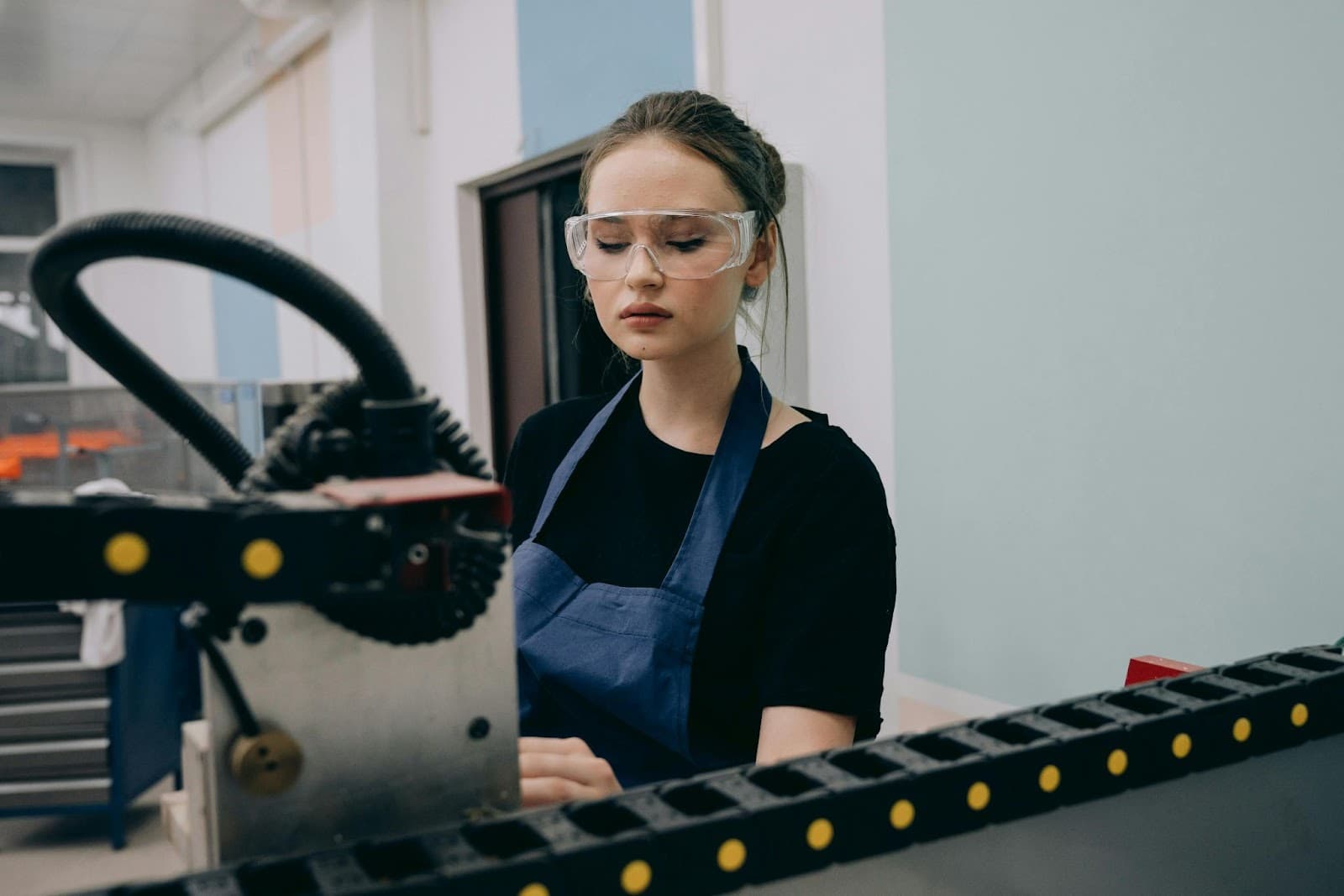


Laser cutting machines have become increasingly popular in various industries today. Their ability to cut a wide range of materials with high precision and efficiency makes them highly valuable.
Despite the advanced technology behind laser cutting machines, human operators are still essential. Operators need to understand how to operate these machines to ensure they produce material cuts according to the desired specifications.
Here are a few important steps for those who want to operate a laser cutting machine:
Before starting, there are three key preparation steps:
Before operating the machine, the operator must thoroughly understand the design. This design acts as a roadmap to follow, and every small detail, such as size and shape, is crucial. Proper understanding helps the operator set up the machine correctly, ensuring the final cut matches the design, similar to a carpenter reading a blueprint before building a house.
Common materials include metals like iron or aluminum, and non-metals like wood or plastic. The material should be chosen based on the design and must be clean to avoid affecting the cutting process. The material should also be securely placed on the machine's worktable to prevent movement during cutting.
Important parameters include laser power, cutting speed, and laser focus. Laser power determines the strength of the beam, cutting speed controls how fast the laser moves across the material, and laser focus ensures the proper distance between the nozzle and the material. Different materials and thicknesses require different settings for optimal cutting.
After preparation, the next step is operating the machine for the cutting process:
This is typically done using a computer. The design created with graphic design software is converted into a file format readable by the machine. The file is then sent to the machine, where the laser follows the path defined by the design.
The material must be positioned accurately on the worktable according to the design. Most laser cutting machines have a coordinate system to help operators place materials precisely. Tools like clamps or vacuums can hold the material in place to prevent movement during cutting.
Once the design is loaded and the material is in place, the cutting process begins automatically. The laser beam, which is extremely focused and powerful, follows the design's path, melting or vaporizing the material along the way, resulting in a clean, precise cut.
After cutting, maintaining the machine is important for longevity and performance. Regular maintenance includes cleaning the workspace from material residue, and cleaning critical parts like the lens, mirrors, and nozzle to prevent debris buildup. Additionally, the machine’s cooling system should be checked to ensure it functions properly.
Here are a few additional tips for laser cutting machine operators:
Understanding the technical process and following the operating steps carefully is crucial for any laser cutting machine operator. Laser cutting machines, now widely used in various industries in Indonesia, are becoming more accessible, with one distributor being PT Synergis Industrial Utama, the official distributor of Bodor laser cutting machines in Indonesia.